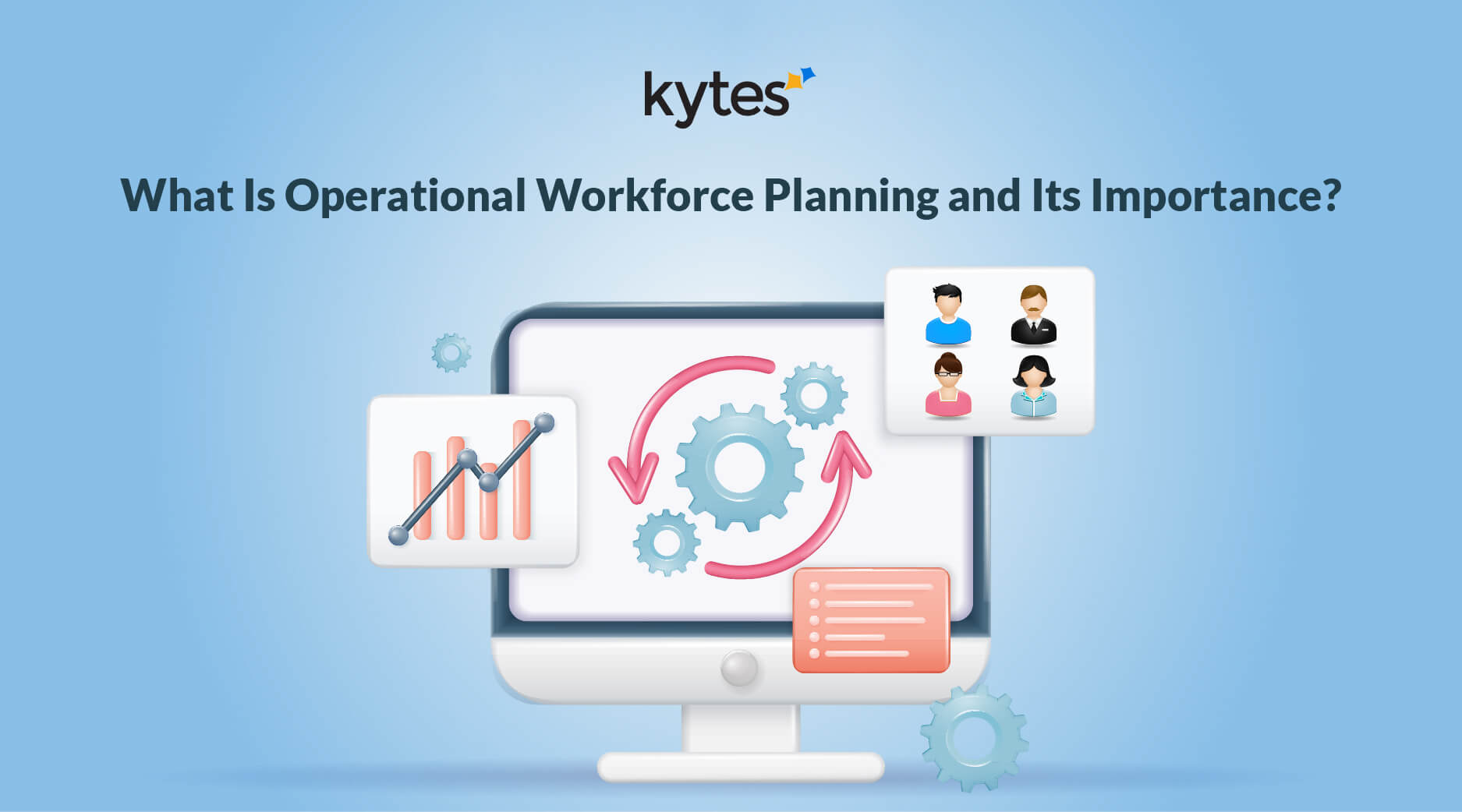Deploy the battle-ready workforce
| At a glance · “Quiet quitting” · Planning steps · Assessing people · Why operational workforce planning is important · Enterprise-class software platform for workforce planning |
Strategic workforce planning is like keeping your gunpowder dry, keeping it battle-ready. You need to put it to good use, or else it will lose its power. For this, you need to do operational workforce planning.
There is nothing worse than hiring a talented person and not using his or her talent well. Do that to a lot of people and you have a big problem at hand. Talented people don’t like to waste their time doing jobs not worthy of them.
They quickly become restive. Many of them won’t articulate their frustration. If you are not meticulous in your operational workforce planning, you are setting the stage for that ‘quiet quitting’.
Capacity resource planning is a part of operational planning. It aims to optimally utilize people for various projects and tasks. The process of planning has several steps.
For every project
Preparing work breakdown structure (WBS) consisting of specific tasks and project planning
For every task within each project
Match tasks with people who possess requisite skills and competencies and short-list them.
Resource allocation and scheduling
Allocate resources to all projects and for all tasks as per the project timelines
Resolve scheduling conflicts by reallocating some people
Tracking and rescheduling
As the execution of projects proceeds, accommodate the changes needed by following the above steps.
It’s not that simple
The above operational workforce planning looks straightforward. But it isn’t. There are some critical areas. These need to be done well.
The first set of critical areas consists of WBS, task lists, and task-wise skill sets. These need to be defined uniformly across the organization. In other words, you need repositories of tasks, skill sets, and task-skill-sets combinations.
The second set consists of person-wise-skill-set repositories. Naturally, the skill sets have to be consistently defined across your organization.
Both the above are part of strategic workforce planning. They need to be updated periodically.
Finally, individuals needed to be identified for performing various tasks in all the projects under execution. The intersection of tasks and people skill sets provides short lists of people. Allocating specific project tasks to individuals is the final step.
This too is critical because you need to consider the special nature of projects and the developmental needs of individuals. If you have a good enterprise system that supports all the above, your leaders will have all the information at their fingertips.
The role of the Project Management Office (PMO)
You may have a Project Management Office or a Resource Management Group (RMG) to finalize the allocation of resources. Whatever the case, allocating people to various projects-tasks must be a collaborative exercise.
The exercise should take into account the needs of customers, project managers, and individuals. Individual preferences and biases are inevitable. Your leaders need a solid base of all relevant information to make the necessary trade-offs.
Assessing people and their skill-sets
Individuals need to be assessed to determine what skill sets they have and at what level. This assessment can’t be static, nor can it be an annual one-off exercise. Every individual’s performance related to specific tasks needs to be taken into account. Every project needs to be closed with such assessments and the result should be reflected in the people-skill-set repository. This is a part of strategic workforce planning and is very critical.
Foundation of operational workforce planning
Operational workforce planning is best done on the foundation of strategic workforce planning. The results of workforce deployment should provide feedback for updating the people-skill-set assessment.
The importance of operational workforce planning
When done well, it ensures orderly execution and delivery of projects. It ensures that the resources are utilized optimally. It saves costs. It engages people by giving them the work that they need.
You need an enterprise software platform for workforce planning
If you have 100s or 1000s of employees, you need to digitize all the above processes and repositories. You also need to interface them with other operational areas like HR, project planning, and project bidding. An end-to-end opportunity-to-cash professional service automation software can provide the required platform and integration. Contact us for a demo at [email protected]




